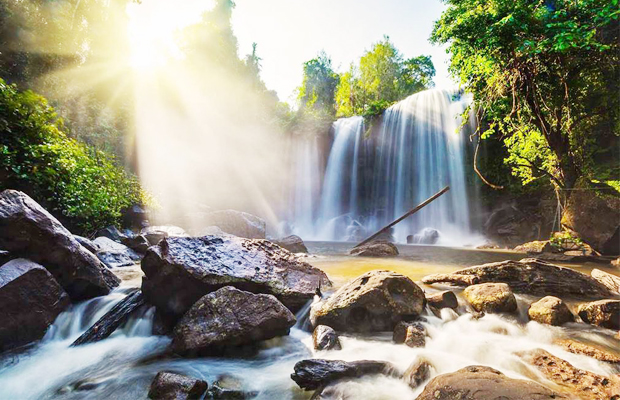Explore
Osmose Bird Sanctuary
Osmose Ecotours and Community Based Tours of the Prek Toal Bird Sanctuary, flooded forest and floating villages of the Tonle Sap Lake, a UNESCO Biosphere Reserve. Your experience contributes directly to the livelihoods and well-being of community members, and includes trips to the bird sanctuary, paddle boat tours of the flooded forest by day and night, Home Stays, community based activities, a visit to the Saray Water Hyacinth Weavers’ cooperative, and much, much more.
Saray is a cooperative of women, from the floating villages of the Tonle Sap Lake, who weave water hyacinth to create soft, supple and luminous 100% natural, 100% Cambodian bags, mats and accessories.
Water hyacinth is an aquatic plant that has one of the highest growth rates in the world, one of the reasons it’s known as one of the “world’s worst aquatic weeds”. It also has a wonderfully pretty flower, which is why it was introduced to Cambodia about 100 years ago. Since then, it has infested certain parts of the lake, blocking waterways and limiting boat traffic, recreation and wildlife use. By shading and crowding out native aquatic plants,this exotic species reduces biological diversity in aquatic ecosystems. It also has impacts on fish species that cannot tolerate low levels of oxygen. As vegetation falls to the bottom of the water, it decays and consumes oxygen. One acre of water hyacinth can deposit approximately 500 tonnes of decaying plant material on the bottom of a water body each year.
For parts of the year, the villages around the core area are completely paralysed by water hyacinth. However, during discussions with families in the villages in 2003, Osmose discovered that the women knew how to weave hammocks from the dry stem of this invasive plant. The practice had fallen into disuse however when cheaper, artificial imports were introduced on to the market.
With this information, Osmose set about restoring the tradition, and in 2005 Saray was created with 16 women who had been trained to weave new styles of mats, bags, bowls and other accessories.
Since then, Saray has grown continuously, and today almost 50 women are implicated in the project from the villages of Prek Toal and Pech Kantiel. By the end of 2010, another 25 women from Kbal Taol will also be earning sustainable, year-round environmentally friendly incomes under the project.
From this beautiful blight the women of Saray create beautiful products. Floor mats, bags, bowls, trays, boxes, baskets, table mats, fans, hats, sandals, umbrella stands, cushions, yoga mats, seats and lamps, and many other products are all created by the women, some of which are pictured on this page.
Much of the work is performed on the specially constructed Saray Platform in Prek Toal. This was built to allow the women to create some of the larger mats, which can be seen in hotels such as the Amansara Hotel in Siem Reap. It is also the principal selling point for the products for tourists who come to Prek Toal, or are passing through on the way to or from Battambang.
Osmose Conservation Project
Prek Toal area, located on the north-western shore of the lake, shelters the largest remaining colonies of waterbirds in Southeast Asia. Thousands of pairs of pelicans, ibis, darters and storks, all globally threatened with extinction, gather to nest in mixed species colonies in the flooded forest from November to May. Until recently, eggs and chicks had been massively collected by poor fishermen to generate some additional income by selling them for food in the villages. Since 2001, the Wildlife Conservation Society, in collaboration with the Cambodian Government, has enrolled villagers to set up a local conservation team, or 'rangers'.
As of today, 25 villagers, half of whom are former bird collectors, benefit from this new job and put their intimate knowledge and experience of the forest and its fauna to protect them. Seventeen observation platforms have been built on treetops to allow night-and-day watch of the colonies and regular colony counts. From 2004 on, no case of bird poaching has been observed and the waterbird populations have progressively increased since the inception of the protection efforts. For certain species, such as the Oriental Darter, the recovery has been pretty dramatic and swift: the nesting population has progressed from only 250 pairs in 2002 to over 4000 pairs in 2007, i.e. the largest colony for this species on the planet !
Osmose Education Program
The environmental education program was launched in 2000. It was then a pioneering initiative and Osmose had to start from scratch: to build knowledge and activities, to create didactical tools in Khmer, to train local educators. Keo Yada, a primary teacher, was the driving force behind the program and became the first employee of Osmose. The classes grew quickly, both for school and out-of-school children, namely thanks to support from the Air France Foundation. In 2006, the coordination of the program is taken over by Polyvine (photo), whose focus is to strengthen the capacities and pedagogical skills of the educators' team.
Groups of children are collected by boat and brought to the Osmose platform or to outdoor activity sites (forest for birdwatching or plant study, village for waste collection). Over 1000 children in the four villages around Prek Toal are learning to appreciate and preserve their rich natural environment. In 2007, an independant evaluation of the program was conducted and the results are encouraging: children following Osmose's program have better knowledge and attitude towards the environment. Main sponsors of the program in 2007 are "Fondation Nicolas Hulot" and "Fondation Environnement Veolia" as well as the UK embassy in Cambodia.
Osmose Eco-Tourism Project
Easily accessible from Angkor and featuring attractions such as impressive waterbird spectacle, pristine flooded forest, traditional fishing and floating villages, Prek Toal possesses a huge tourism potential. From its inception, the project has recognized ecotourism as a concrete mean for raising awareness and as an economical force to drive changes in the mode of exploitation and valorization of natural resources (birds, forest). Osmose ecovisits are organized in a way to generate the maximum direct benefits for involved families.
For instance, former bird poachers and women head of households obtain complementary income in providing a wooden canoe circuit, by selling local handicraft or by presenting a typical livelihood (fish raising, floating garden, fishing gear, etc.). Furthermore, the proceeds of the visits fund a village development program, widening the impact among poor families. Thanks to an intimate knowledge of the site, a constant care of quality, specially trained guides and integration of tourism in an ecological-cum-humanitarian project, Osmose is the first tourist actor in the area. Nearly 100 visits are now organized per year, and more than 2000 visitors have discovered Prek Toal as 'osmosian'
Osmose Development
In 2003, after four years of effort, the project reached the stage where it had sufficient human and financial resources to lay the last stone of its initial vision: supporting a human development respectful of the environment. A systematic socio-economic survey allowed Osmose to select a hundred priority families (former poachers, poor families, women head of households) heavily dependent upon natural resources for their daily subsistence. These 'Osmose families' have since received socio-sanitary services (pediatric consultations, medical transfer, water filters), schooling support, emergency material assistance (house, boat) and/or specific intervention aiming to generate supplementary income: employment as ranger, floating gardens, boat service or water hyacinth handicraft.
These alternatives draw essentially in two new resources: conservation and tourism. Each intervention has been preliminary assessed in terms of socio-economic benefits and ecological impact. They directly or indirectly contribute to the reduction of the threats to the environment of the Tonle Sap. This makes of Prek Toal a micro-laboratory of this infamous development that claims the label 'sustainable'.
Tour By Car (4 person) or Van(Over 4 Person) Package+ 1 Guide
|
Cost in USD for group of person |
1 |
2 |
3 |
4 |
5 |
6 |
7 |
|
English Speaking Tour Guide |
130 |
250 |
370 |
500 |
630 |
750 |
800 |
>> Price Including :
- Pick Up at the hotel by Private vehicle
- Free pure drinking water during your visit
- All taxes included
- Boat trip to Prek Toal (Included) ( Osmose Bird Sanctuary )
- Professional Guide during visit Prek Toal ( Osmose Bird Sanctuary )
- All the services mentioned in the itinerary
- Included 2 or 3 Course Meal and Drinking
>> Price excluded :
- Tour Guide and Driver's Tips
- Personal Expense





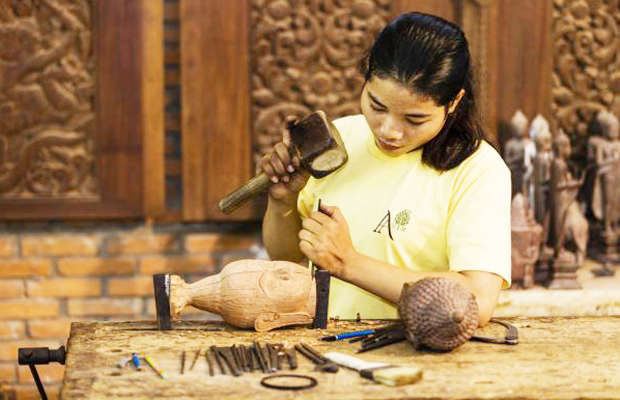

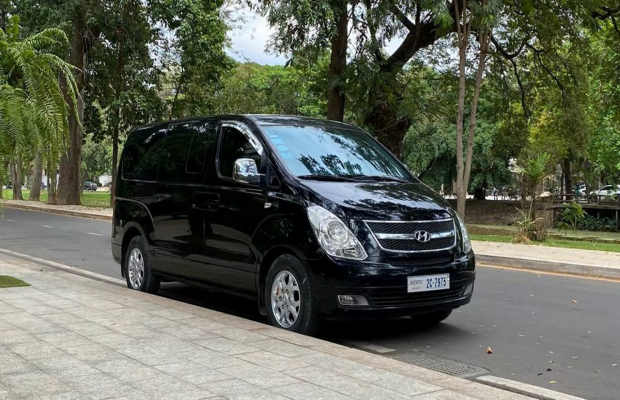
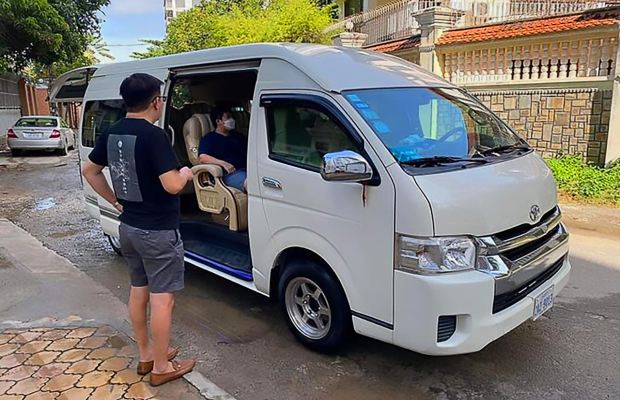

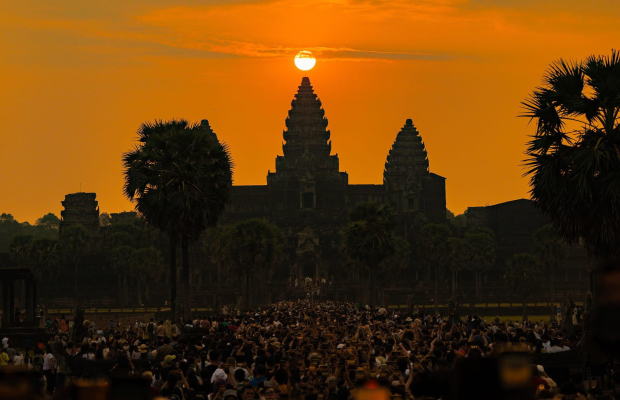

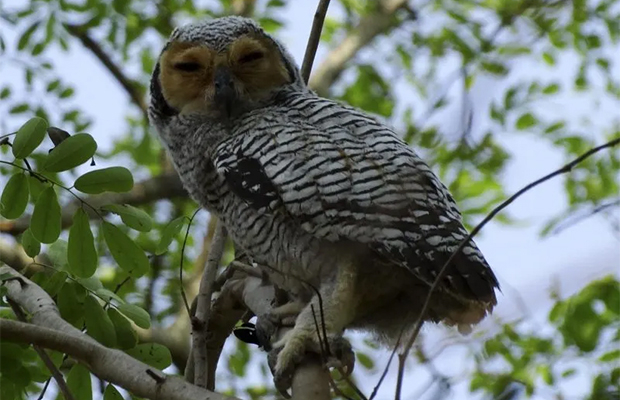






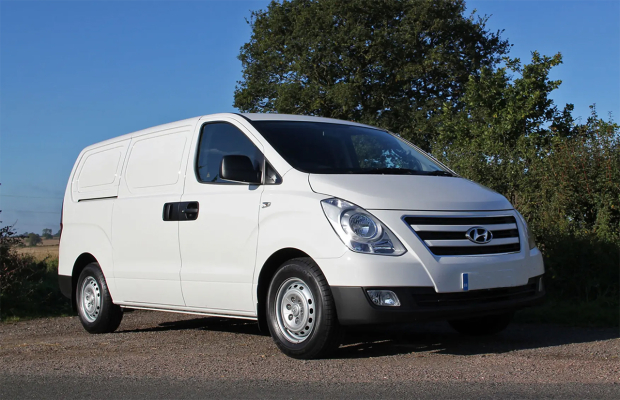



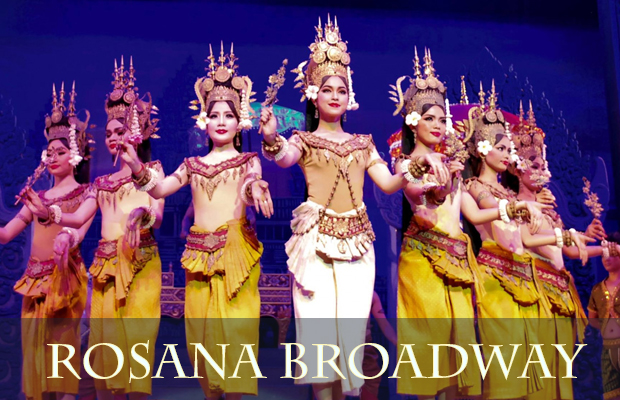
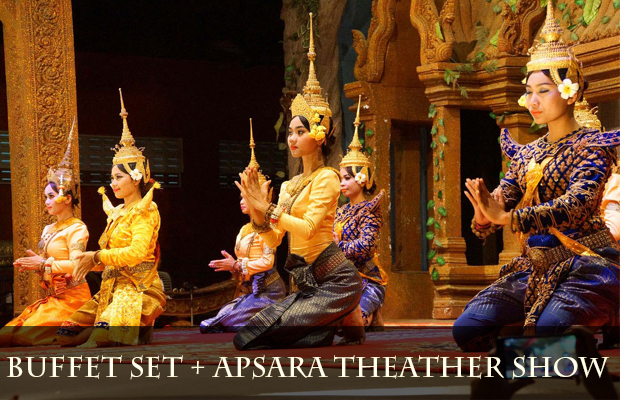


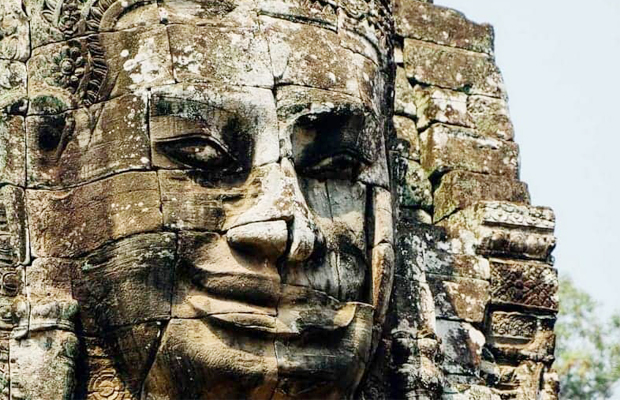

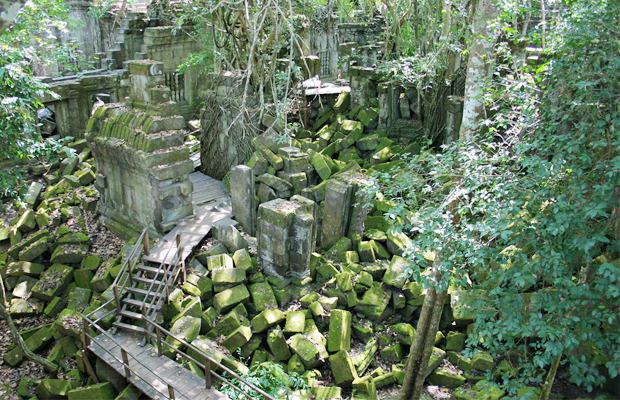
.jpg)
